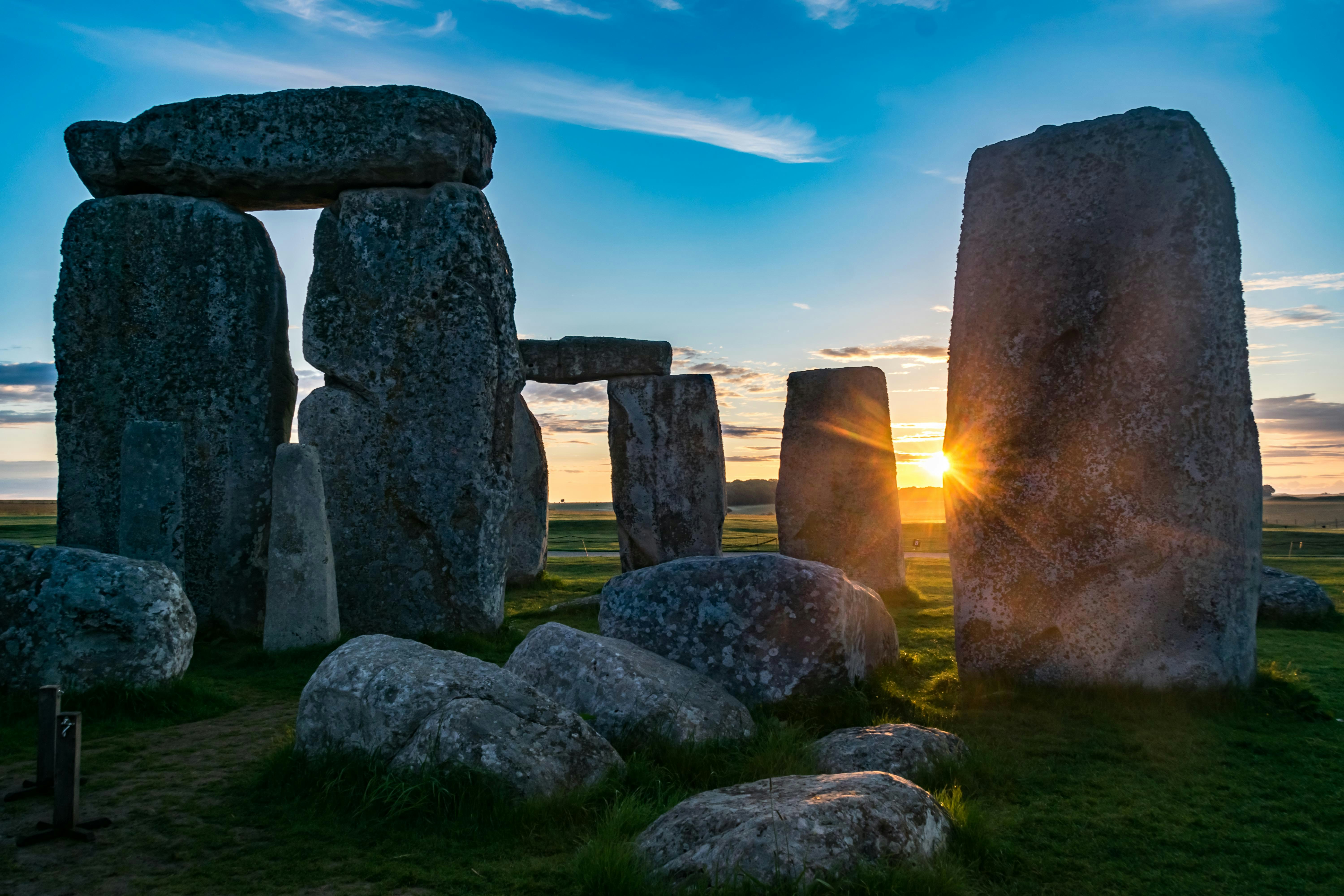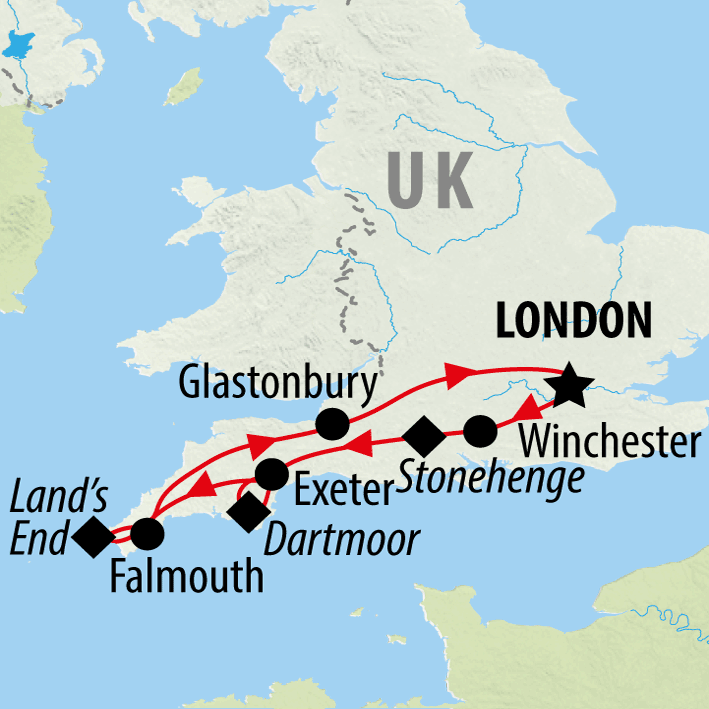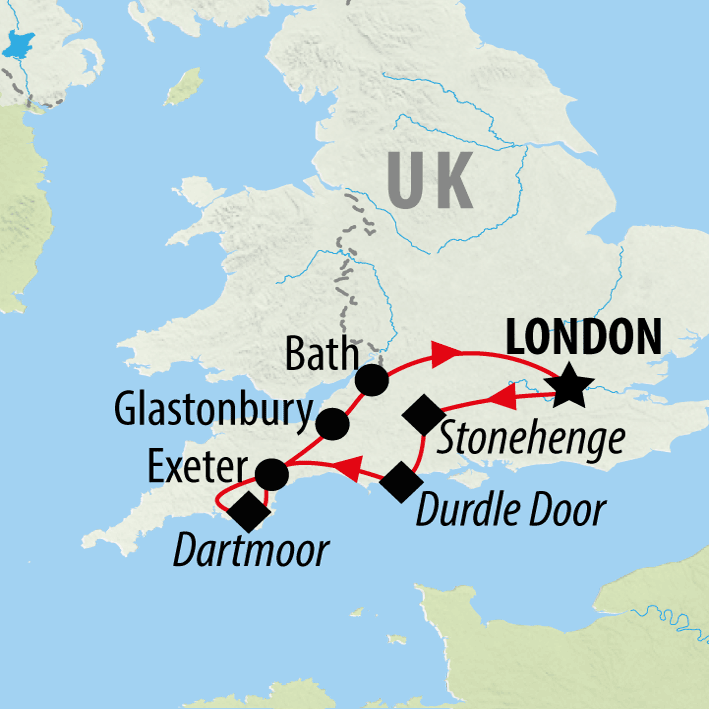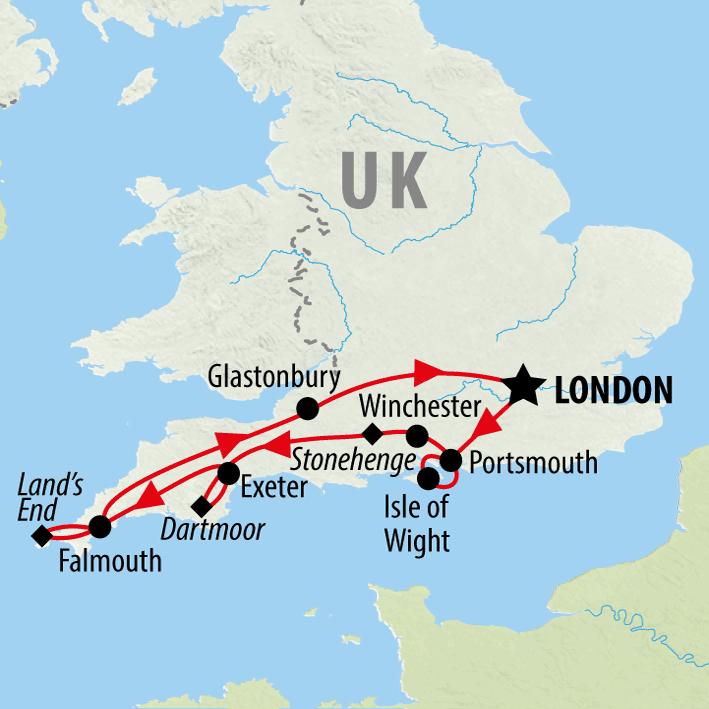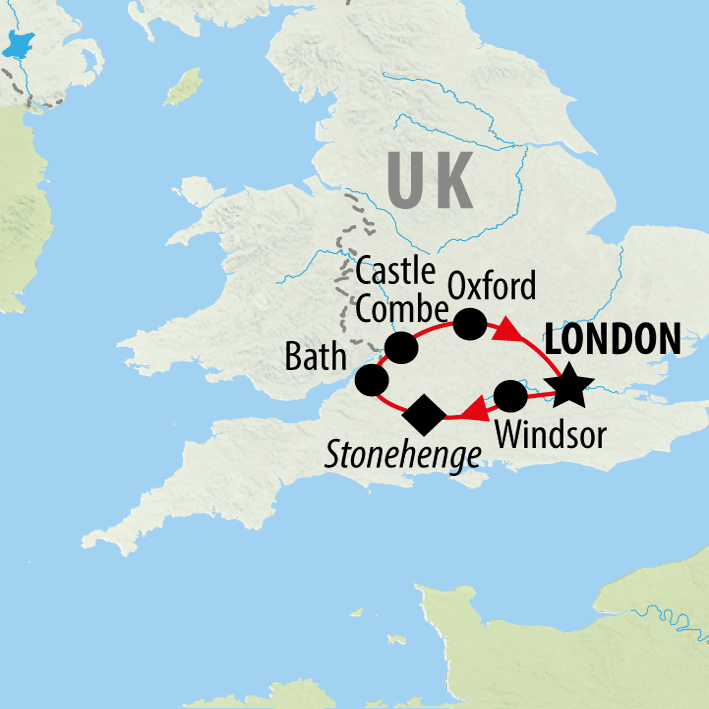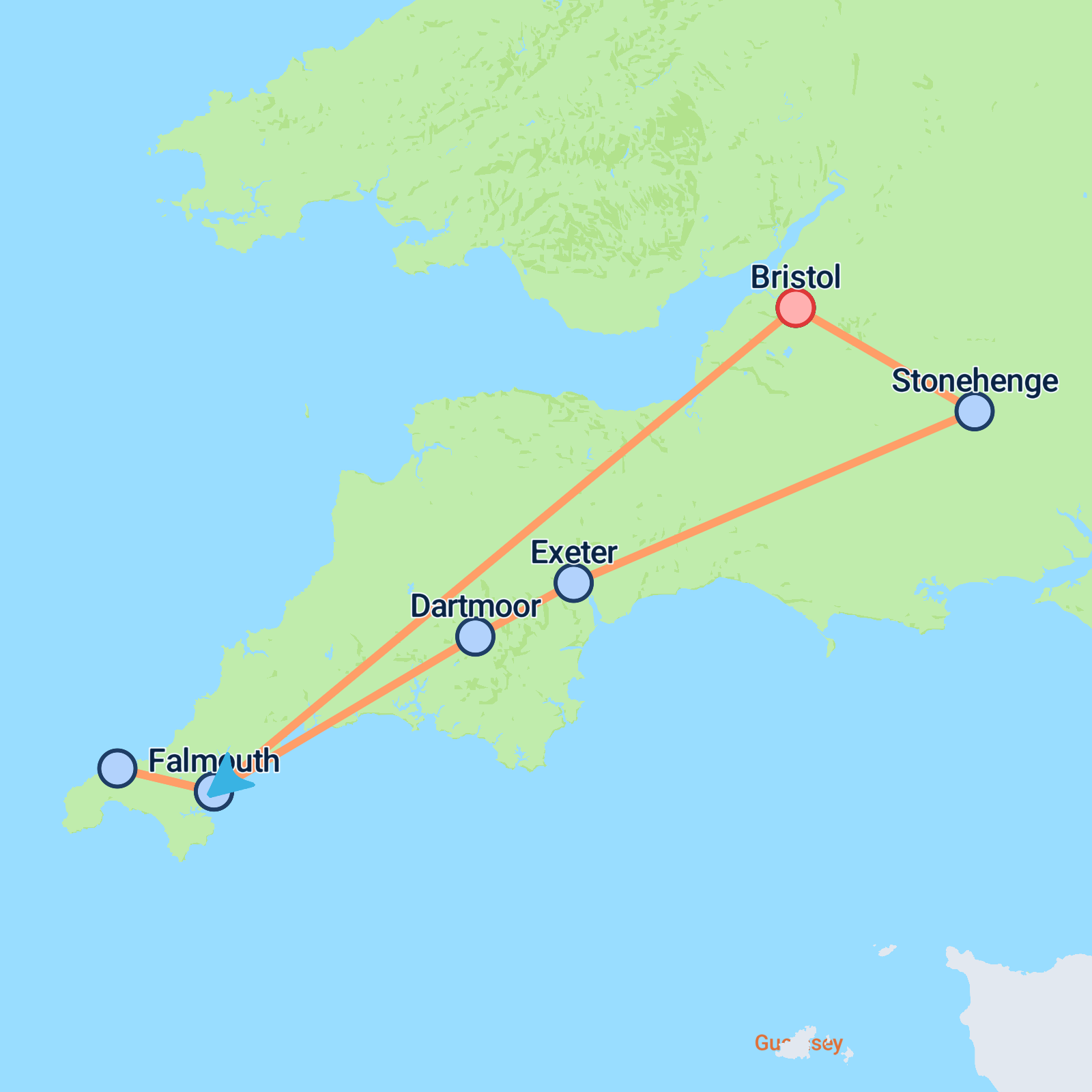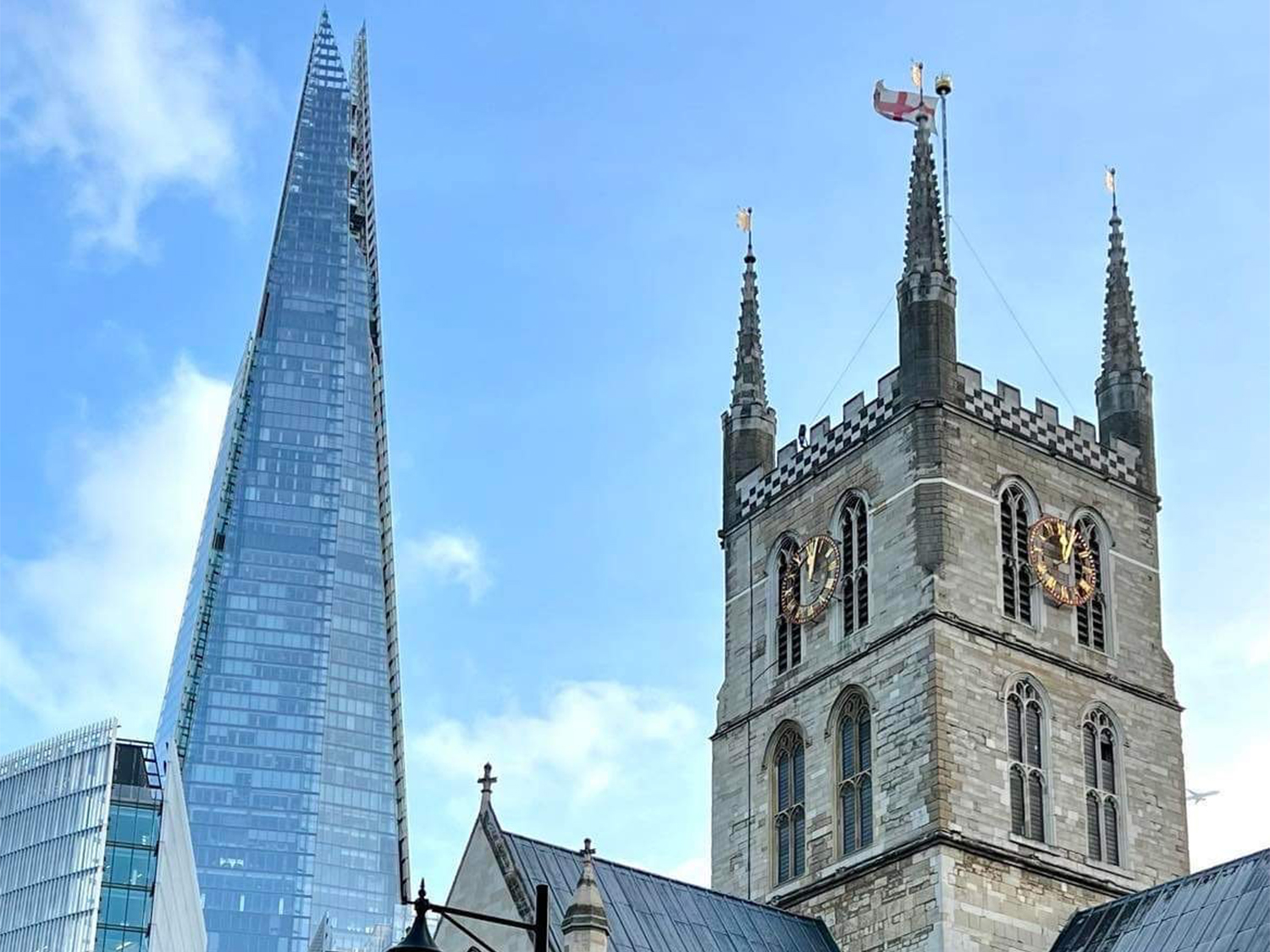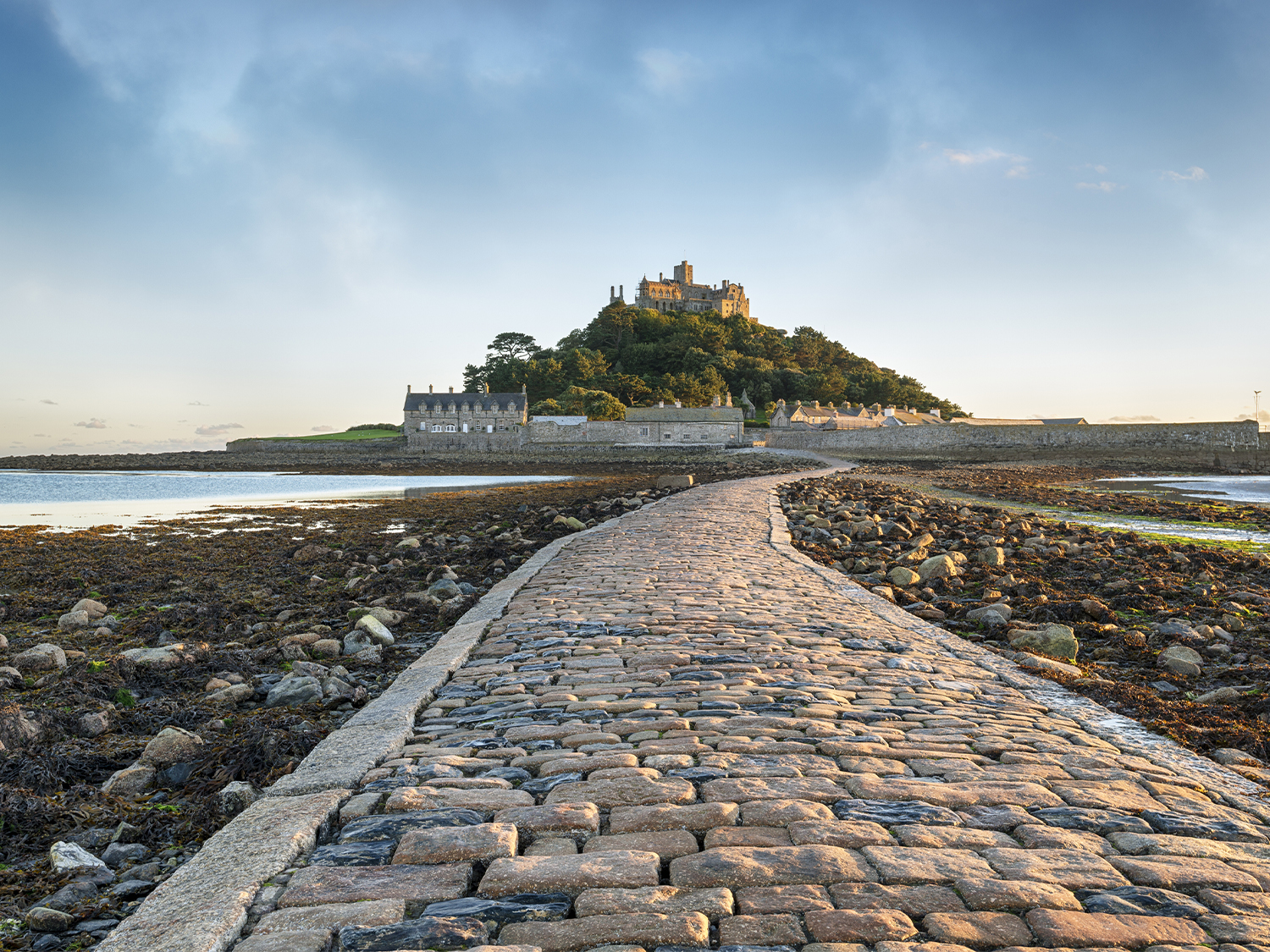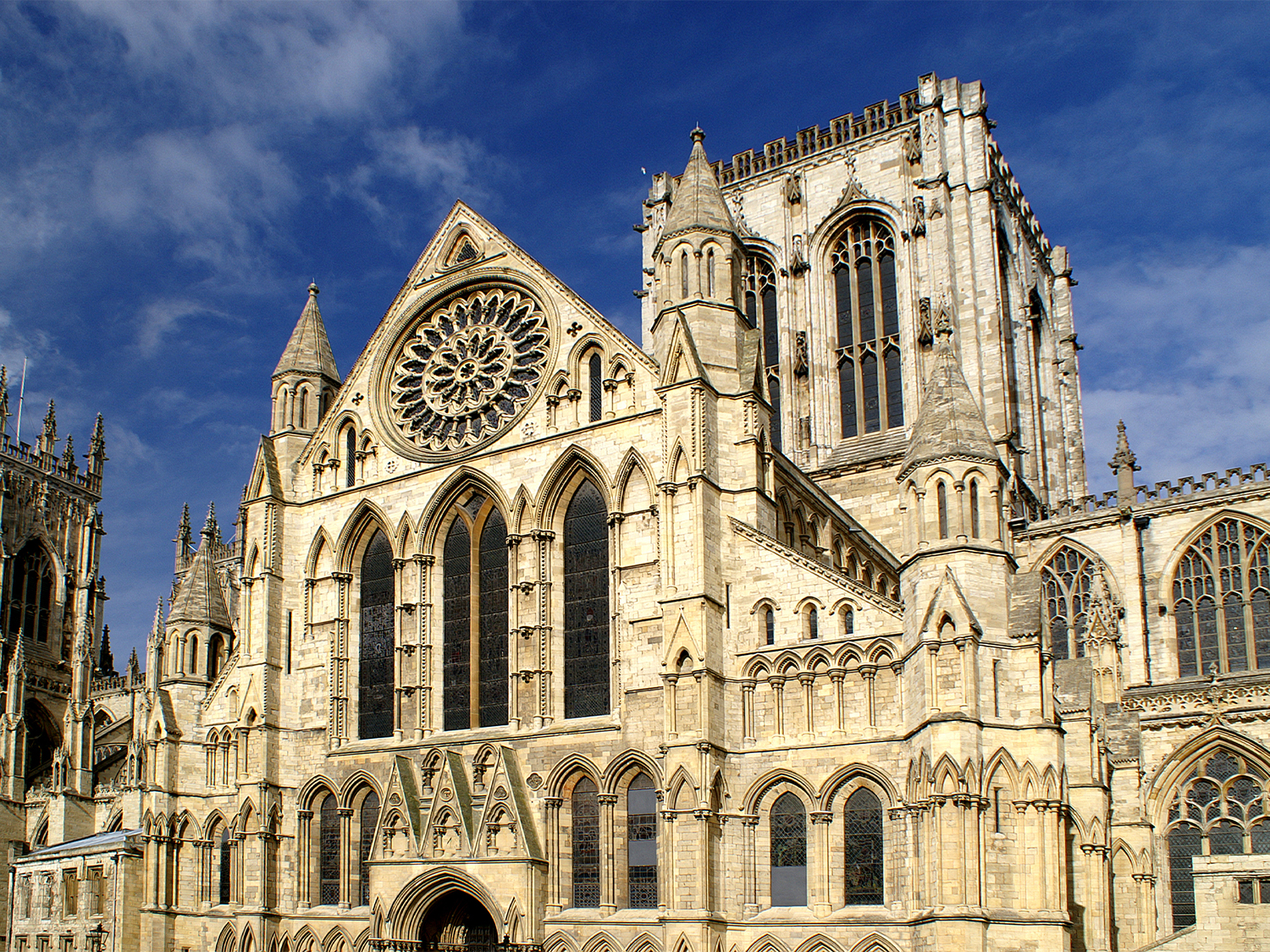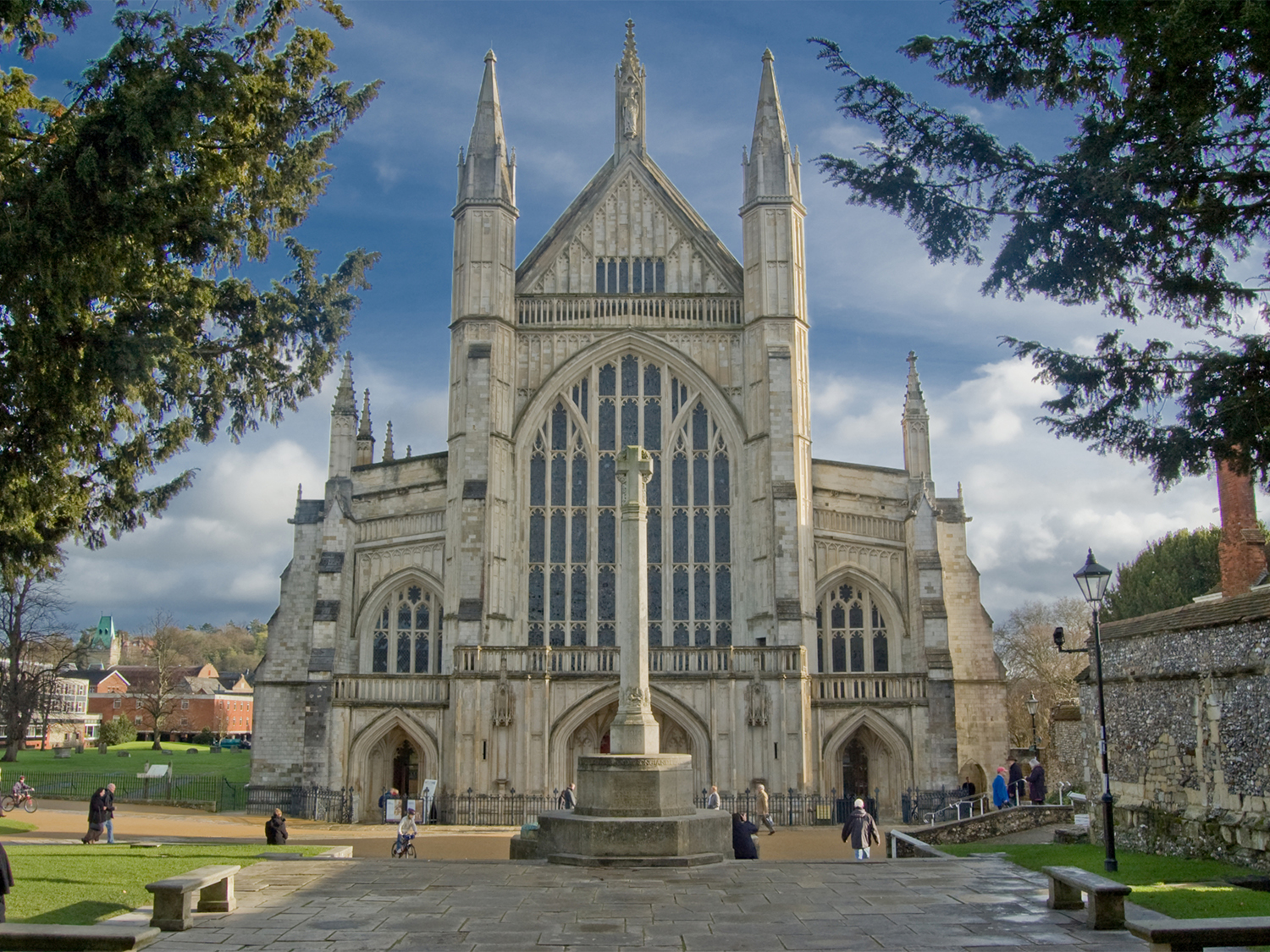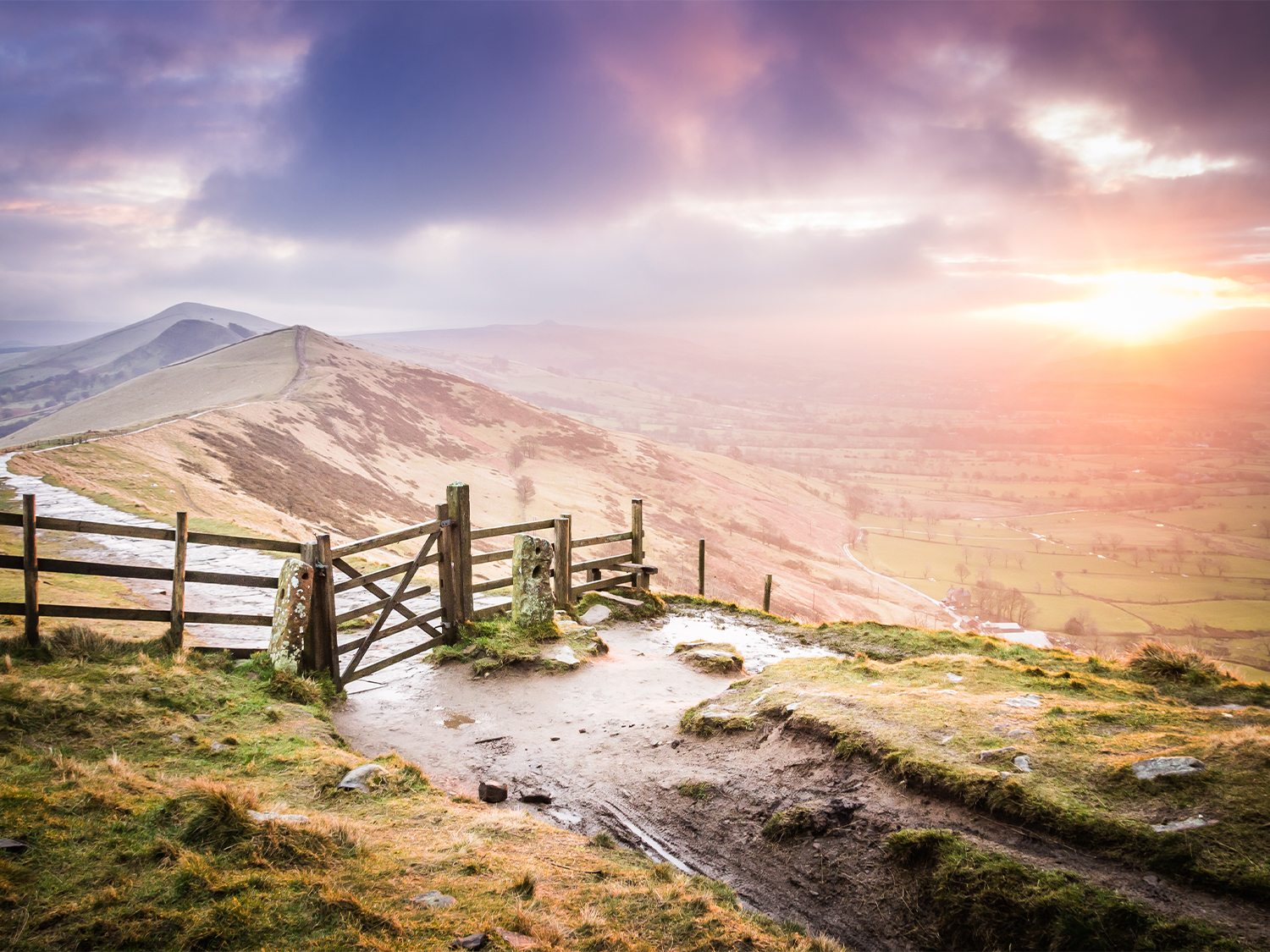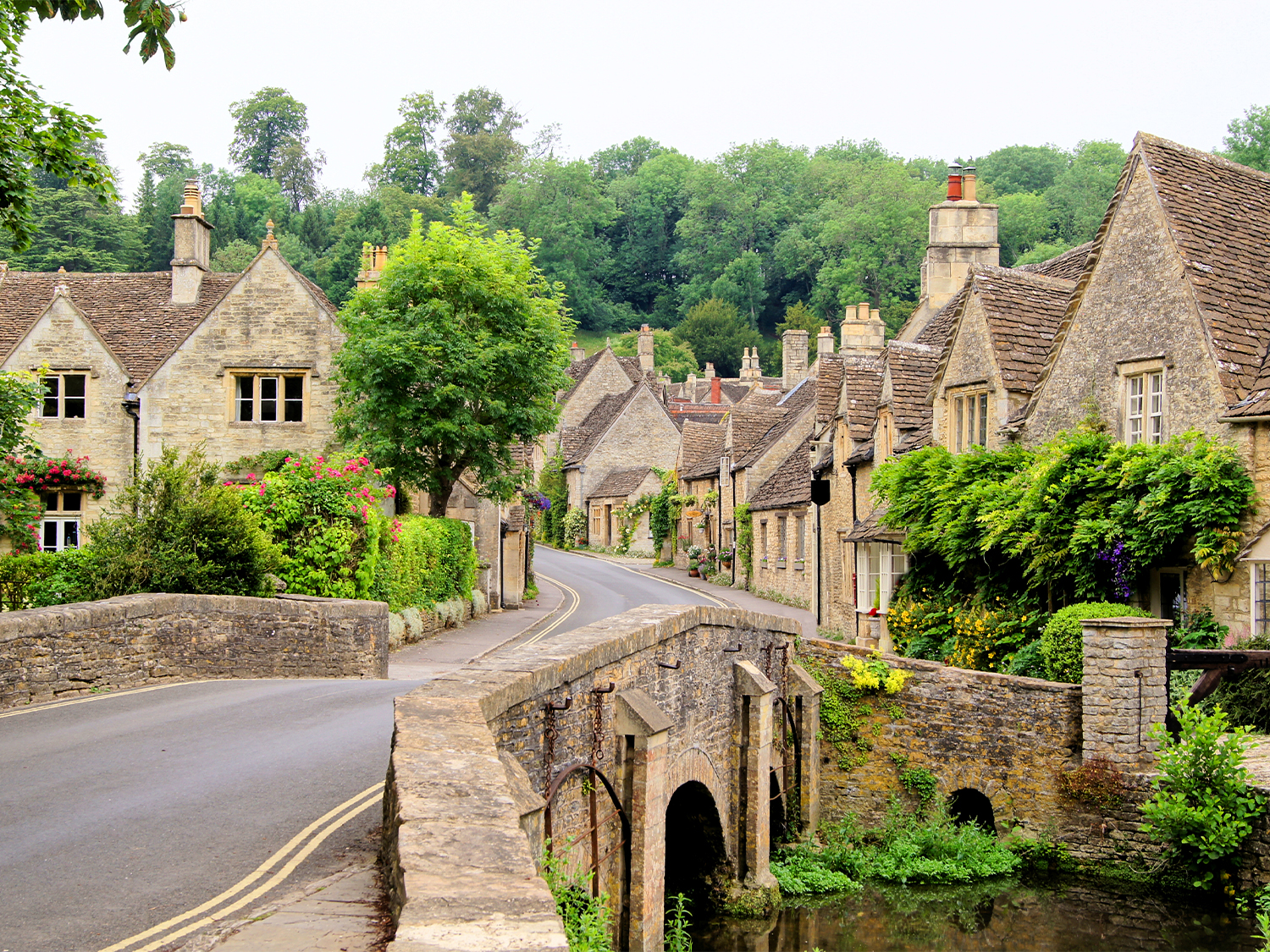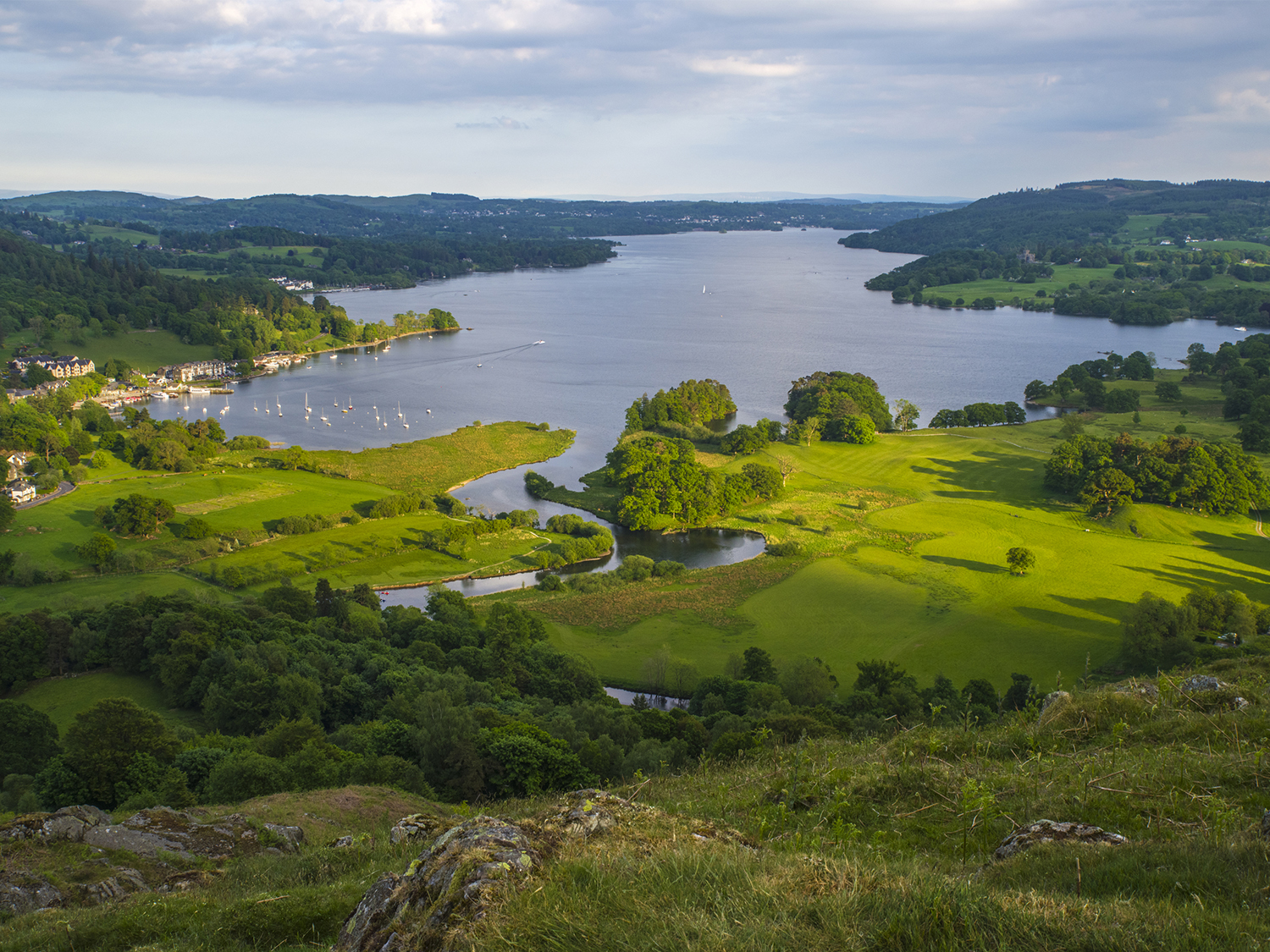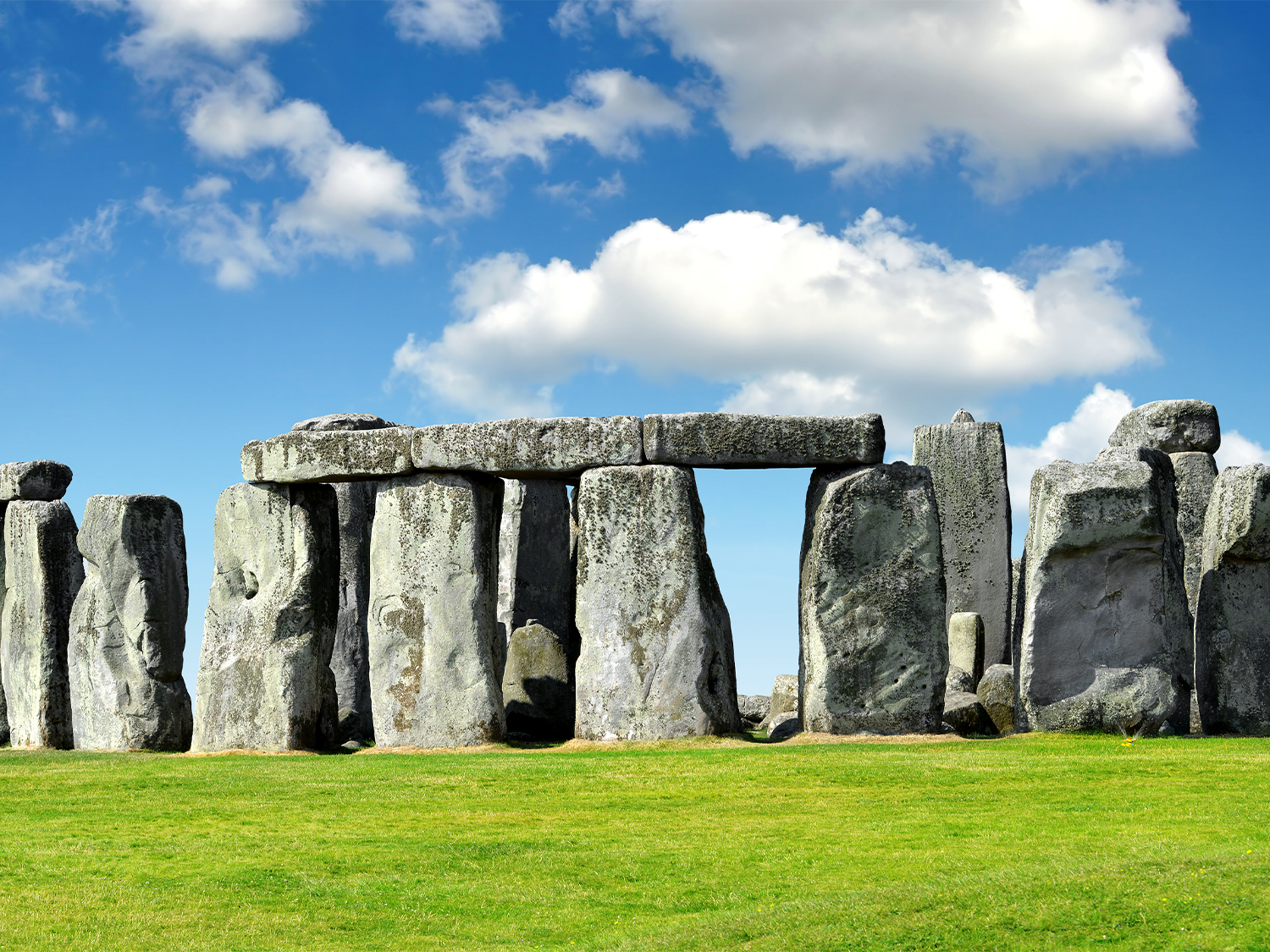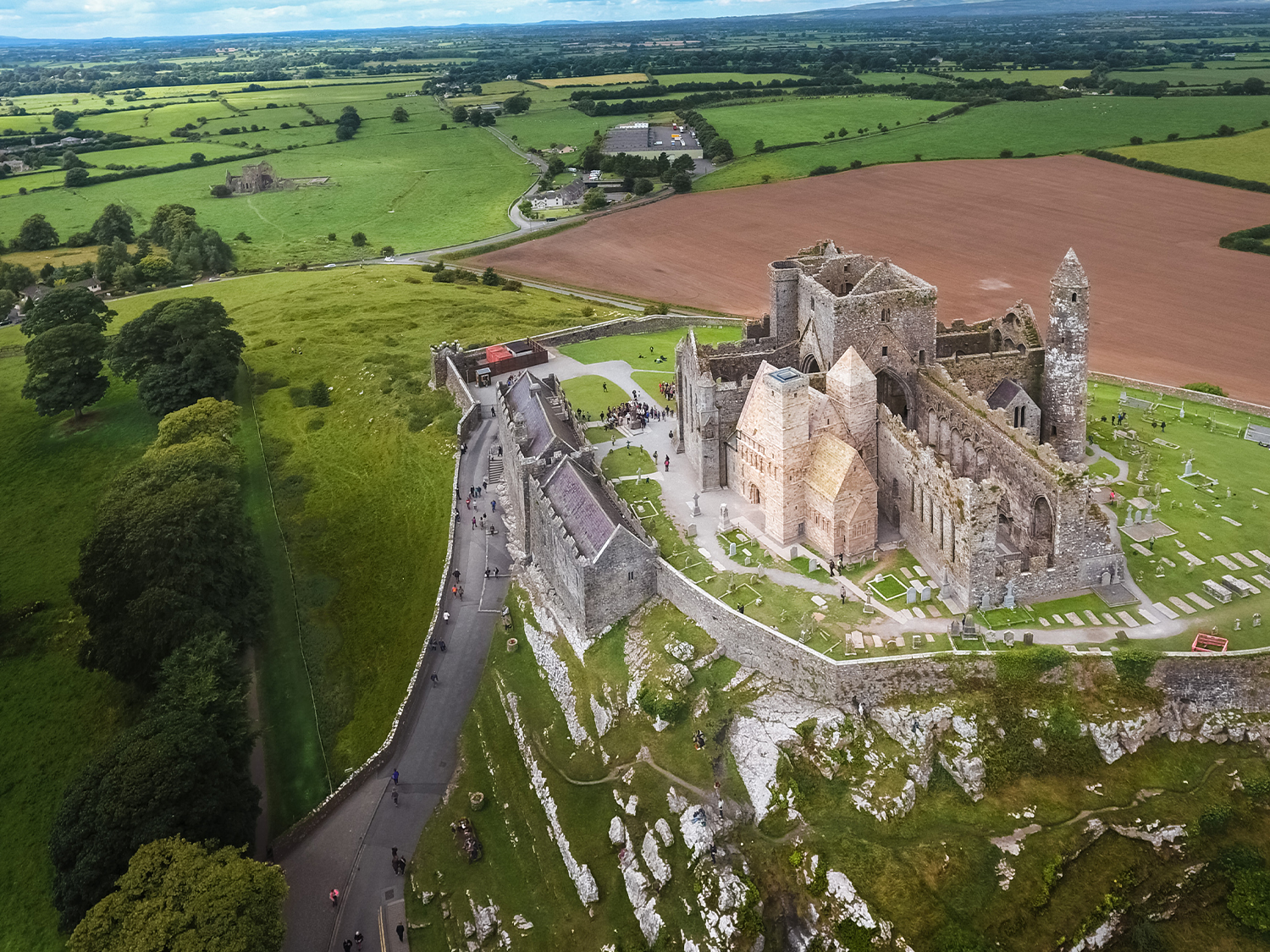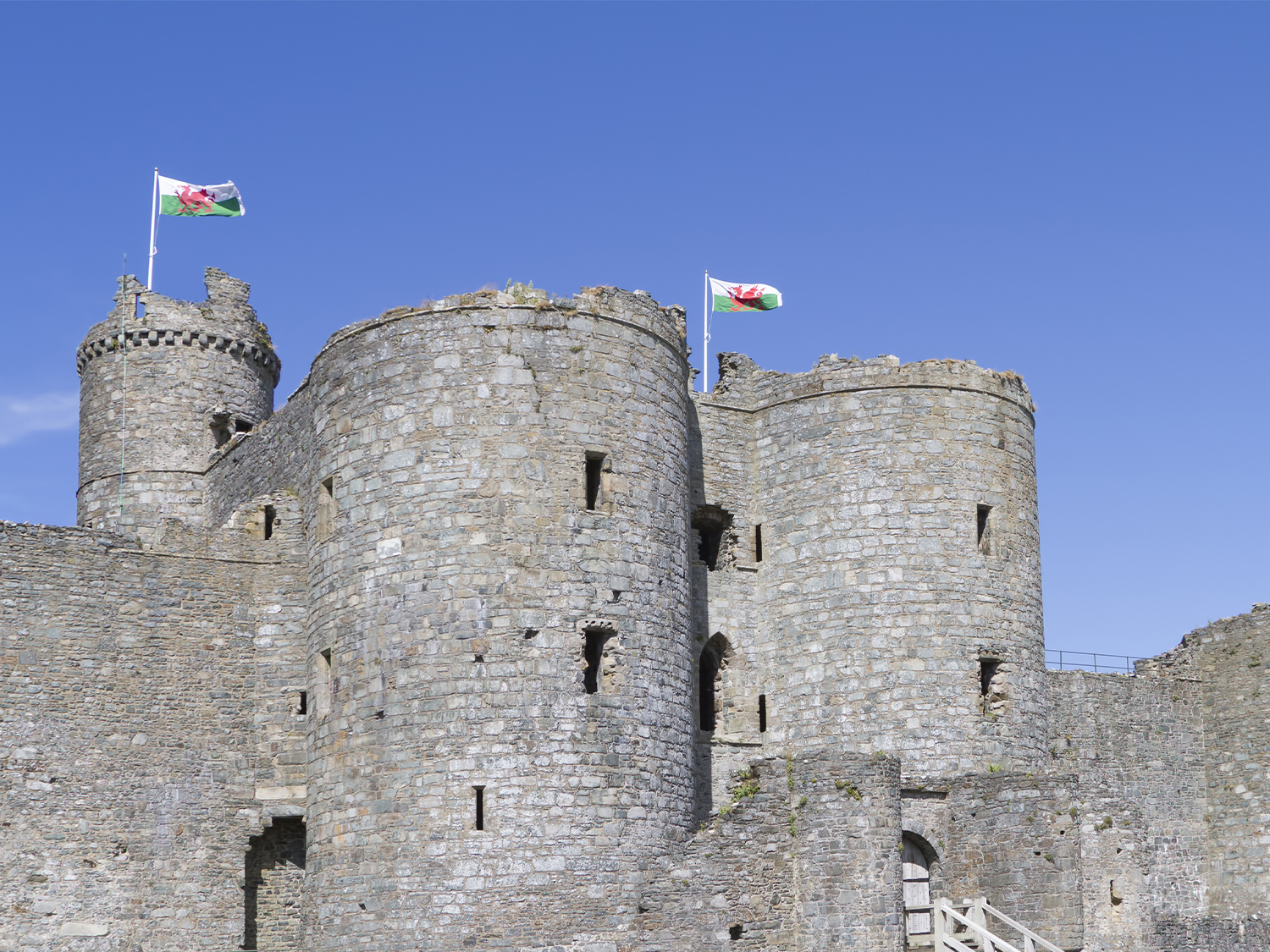Guided tours to Stonehenge, England Unlock the Mysteries of Stonehenge with Expert-Guided Tours
When do you want to go?
2024
I'm flexible
Passengers
Adults (18+)
Children (0 - 17)
Welcome to Stonehenge
Stonehenge is one of the most iconic and enigmatic prehistoric monuments in the world, located on Salisbury Plain in Wiltshire, England. This ancient structure has fascinated archaeologists, historians, and the general public for centuries, due to its mysterious origins, purpose, and the advanced engineering techniques required to construct it.
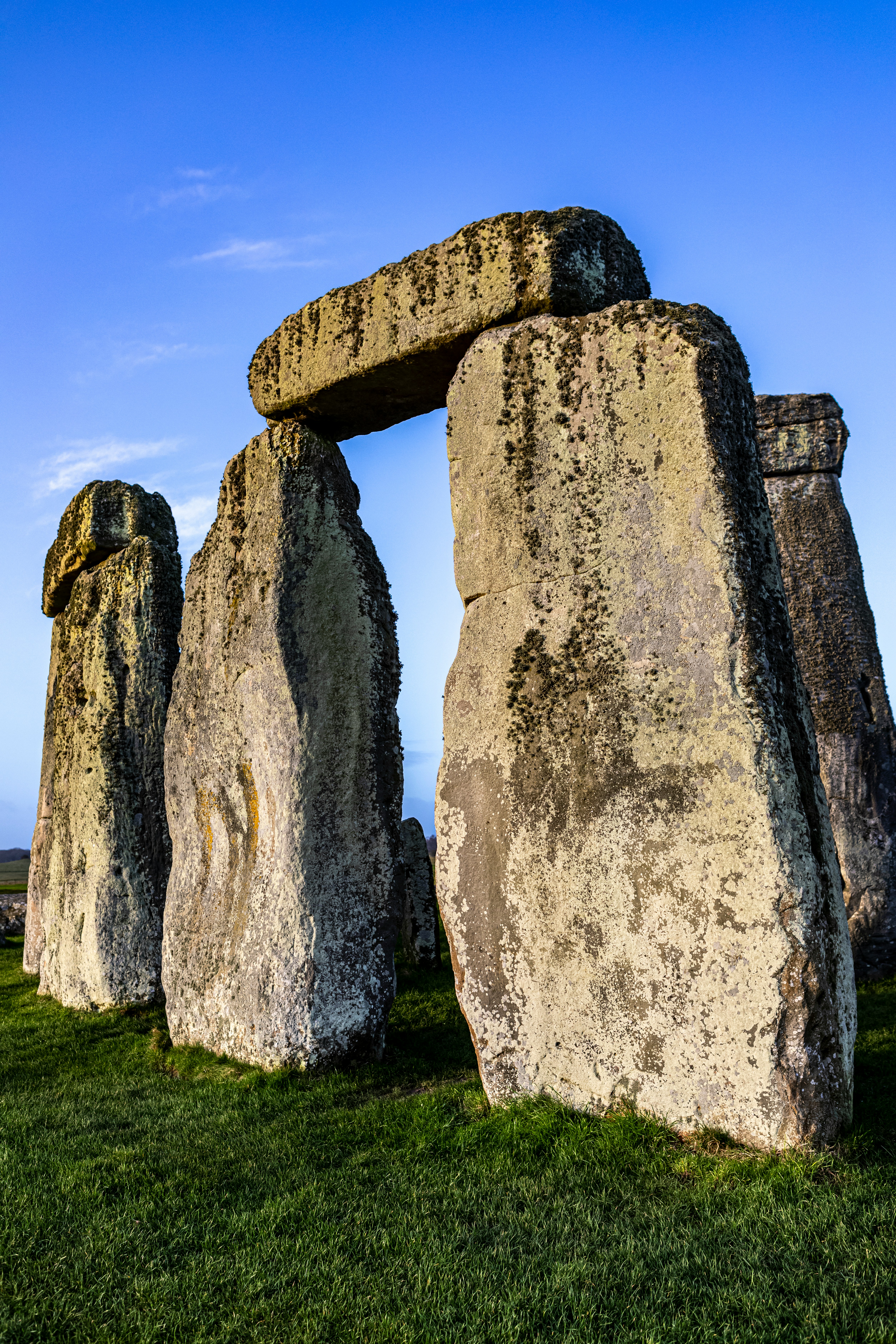
History of Stonehenge
Stonehenge is situated in a landscape rich with prehistoric monuments. Prior to the construction of Stonehenge, the area was home to earlier Neolithic structures such as long barrows and causewayed enclosures. The establishment of Stonehenge marked a significant development in the cultural and religious practices of the people living during the late Neolithic and early Bronze Age periods.
Construction Phases
Phase 1 (c.3000 BCE)
The first construction phase of Stonehenge involved the creation of a circular henge—a ditch, a bank, and the Aubrey Holes. The ditch was dug using deer antlers as picks, and the chalk from the ditch was piled up to create the bank. The 56 Aubrey Holes, named after John Aubrey, who first identified them in the 17th century, might have held timber posts or small stones. The exact purpose of these early phases is not entirely clear, but the cremated remains found in these pits suggest they might have been used for burial or ceremonial purposes.
Phase 2 (c. 2900 – 2600 BCE)
During this phase, the builders transported approximately 80 bluestones from the Preseli Hills in Wales, about 140 miles away. This phase saw the stones arranged in two concentric arcs. The exact route and method of transportation remain a subject of debate, but it likely involved a combination of overland transportation using sledges and rollers and possibly water transportation along rivers and the coast.
Phase 3 (c. 2600 – 2400 BCE)
This phase marks the erection of the large sarsen stones from the Marlborough Downs. The sarsen was shaped and arranged in a circle with horizontal lines, creating a continuous outer ring. Inside, five trilithons—pairs of large vertical stones topped with horizontal lintels—were arranged in a horseshoe shape. This phase required advanced engineering, including the use of mortise and tenon joints to secure the lintels. The alignment of these stones with the solstices suggests a sophisticated understanding of astronomy.
Subsequent Modifications (c.2400-1600 BCE)
Over the next few centuries, the layout of Stonehenge was modified several times. Additional bluestones were added, rearranged, and some were even removed. The central bluestone arrangement was reconfigured into a circle and inner oval. These modifications indicate ongoing use and adaptation of the site, reflecting changing cultural and religious practices.
Guided tours to Stonehenge
Guided tours to Stonehenge offer an immersive experience, providing historical context, detailed explanations, and insights into the monument’s significance. Various types of tours are available, including standard group tours, private tours, and short tours. Transportation to the Stone Circle is typically included, and so is admission to the UNESCO World Heritage Site.
Expert interpreters give thorough explanations on Stonehenge's construction, the kinds of stones used, and the techniques utilised by Neolithic builders during the visits. They have several interpretations regarding the monument's function as a burial ground, ceremonial functions, and astronomical alignments. Certain tours incorporate interactive components to increase visitor engagement and comprehension, such as touching model tools or taking part in construction skills demos.
Due to the popularity of Stonehenge, reservations should be made in advance if you want to get the most out of a guided tour. To take advantage of the guide's knowledge, guests should dress correctly for the weather, arrive early to explore the visitor centre, and ask questions. While taking pictures is permitted, please remember to be courteous, especially when on special access excursions. Spending a little more time exploring the gift shop, café, and visitor centre, as well as thinking about combining trips to other sites such as Bath, Salisbury Cathedral, or Avebury Stone Circle, can enhance the whole experience. A thorough grasp of Stonehenge's historical significance, architectural wonders, and lingering mysteries is guaranteed via guided excursions.
Why is it worth visiting Stonehenge on a guided tour?
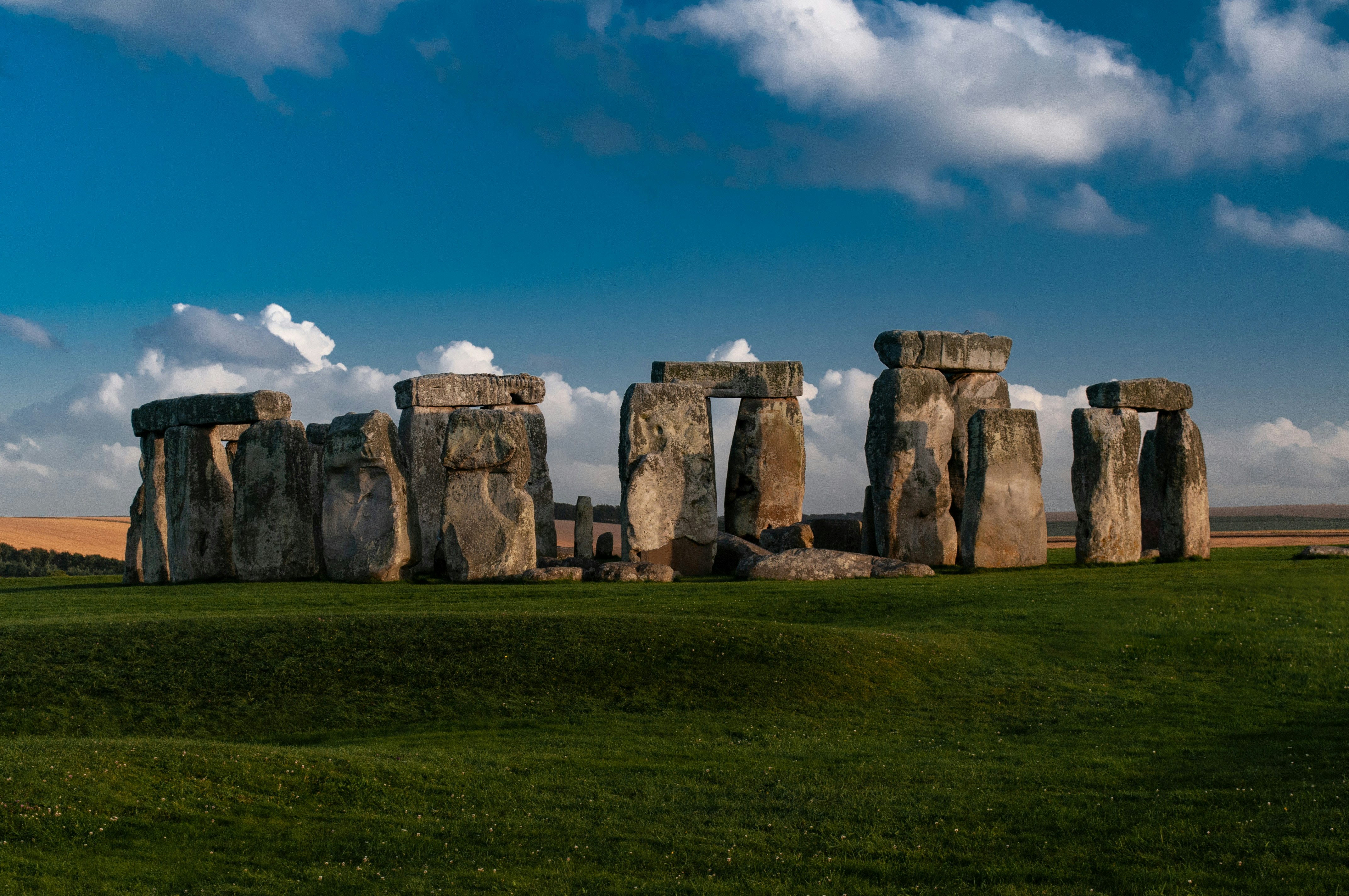
Landscape and Surrounding Monuments
Stonehenge is part of a prehistoric border landscape rich with other significant archaeological features, indicating that the area was a focal point for Neolithic and Bronze Age communities.
The Cursus
The Stonehenge Cursus, a large parallel-sided earthwork located north of Stonehenge, is one of the oldest features in the landscape, predating Stonehenge by several centuries. Its purpose remains unclear, but it may have served as a ceremonial or processional route.
Durrington Walls
Located approximately 2 miles (3 km) from Stonehenge, Durrington Walls is a large Neolithic settlement and henge enclosure. Excavations have revealed houses, pottery, tools, and animal bones, suggesting that it was a thriving community. It is believed that the people living at Durrington Walls may have been involved in the construction of Stonehenge.
The site includes the so-called “Woodhenge,” a timber circle that might have had similar ceremonial functions to Stonehenge.
Avenue and Bluestonehenge
The Avenue is a ceremonial pathway connecting Stonehenge to the River Avon. Excavations along the Avenue have uncovered features and artifacts that provide insights into the rituals and processions that might have taken place.
Bluestonehenge, discovered near the end of Avenue by the river, is a circle of bluestones that were later moved to Stonehenge. This site adds to the complexity of the prehistoric landscape and suggests a sequence of construction events and ritual activities.
Mythology and Legends behind Stonehenge
Stonehenge has been the subject of various myths and legends throughout history, reflecting the human fascination with the mysterious monument. These stories range from ancient lore to more recent folklore, each adding layers of intrigue and mystique to the iconic stone circle.
Ancient and Medieval Legends
Merlin and King Arthur
One of the most famous legends involving Stonehenge is tied to the mythical wizard Merlin and King Arthur. This story, popularized by Geoffrey of Monmouth in his 12th-century work "Historia Regum Britanniae" (The History of the Kings of Britain), suggests that Stonehenge was constructed through Merlin’s magical intervention.
The Giant's Dance: According to the legend, the stones were originally located in Africa and brought to Ireland by a race of giants. These stones were known as the "Giant's Dance." When the British King Aurelius Ambrosius wanted to erect a memorial to the slain British nobles, Merlin advised moving these stones to England. With the help of his magic, Merlin transported the stones across the sea and reassembled them on Salisbury Plain, creating Stonehenge.
King Arthur Connection: Some variations of the legend also connect Stonehenge to King Arthur, suggesting that it was a sacred site for the knights of the Round Table. The association with Arthurian legends adds a romantic and heroic dimension to the mythos of Stonehenge.
Druids and Celts
Although there is no direct evidence linking the Druids, the priestly class of the ancient Celts, to the construction of Stonehenge, they have long been associated with the site in popular imagination. This connection was largely promoted in the 18th century by the antiquarian William Stukeley, who incorrectly attributed Stonehenge to Druidic rituals.
Druidic Rituals: The image of white-robed Druids performing rituals at Stonehenge has become a powerful and enduring symbol. Modern Druidic groups still celebrate solstices at Stonehenge, maintaining the mythological link between the ancient monument and Celtic spirituality.
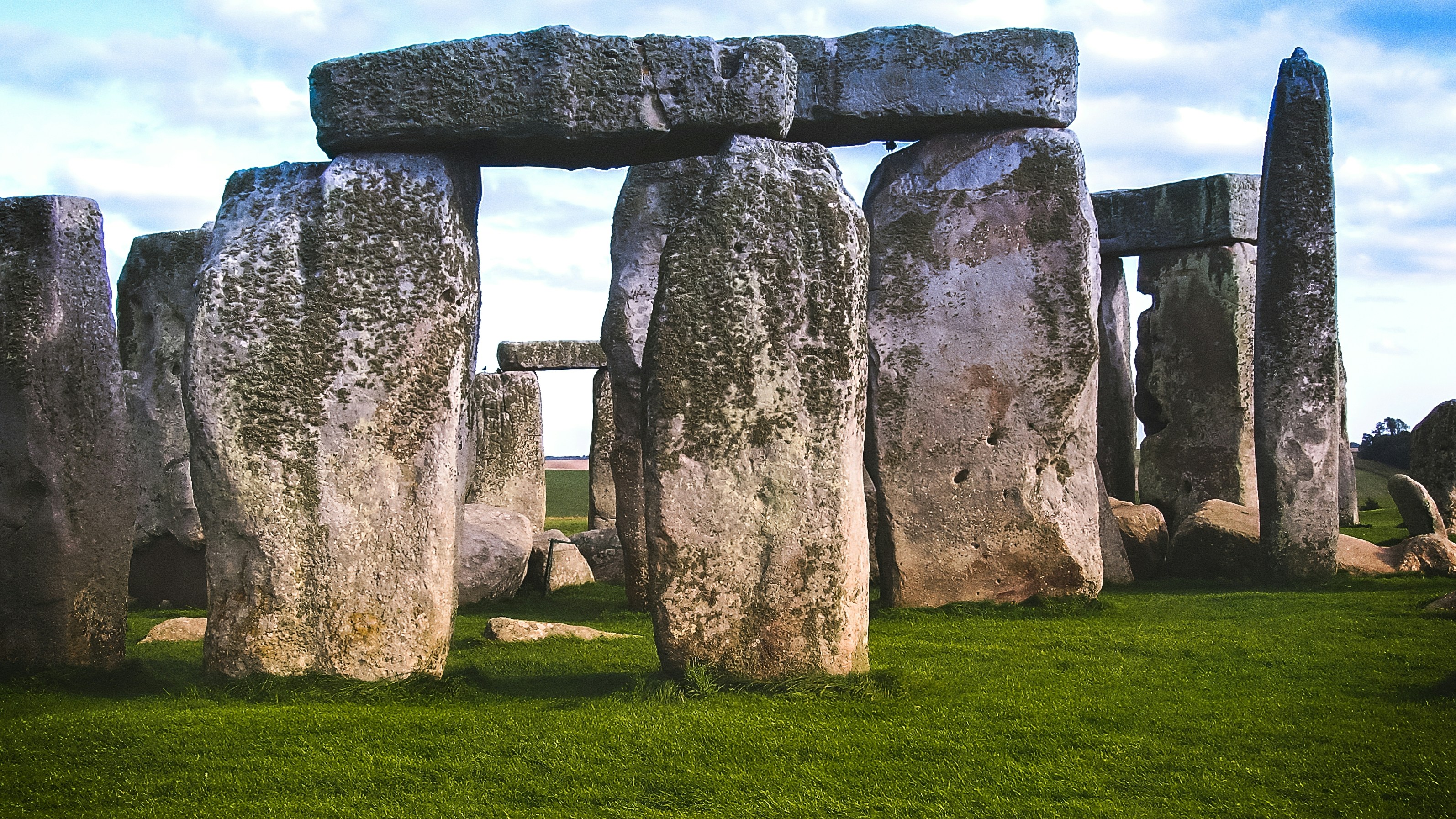
Folklore and Local Legends
The Heel Stone
The Heel Stone, a solitary stone located outside the main circle of Stonehenge, has its own folklore.
The Devil’s Stone: One legend suggests that the Devil bought the stones from a woman in Ireland, wrapped them in a cloak, and brought them to Salisbury Plain. He intended to use them to create a monument that would mock the people. When one of the stones fell and struck the devil’s heel, it left a mark. The heel stone is said to bear the imprint of this event.
Heel Stone and the Friar: Another tale involves a friar who attempts to collect the stones, only to be thwarted by the Devil. In anger, the Devil threw one of the stones at the friar, missing him but hitting the ground instead. This stone became known as the heel stone.
Frequently asked questions
What is Stonehenge?
Stonehenge is a prehistoric monument located on Salisbury Plain in Wiltshire, England. It consists of a ring of standing stones, each around 13 feet high, seven feet wide, and weighing approximately 25 tons. The site is believed to have been constructed between 3000 BCE and 2000 BCE.
Who built Stonehenge?
The exact identity of the people who built Stonehenge is unknown. It is thought to have been constructed by Neolithic and Bronze Age people who lived in the area during the third millennium BCE. Various theories suggest that different phases of construction involved distinct groups or cultures over several centuries.
How was Stonehenge constructed?
Stonehenge was built in several phases, involving the transportation and erection of massive stones. The smaller bluestones were transported from the Preseli Hills in Wales, around 140 miles away, possibly using a combination of sledges, rollers, and water transport. The larger sarsen stones were sourced from the Marlborough Downs, about 20 miles away, and moved using similar methods. Advanced techniques, including mortise and tenon joints, were used to secure the horizontal lintels atop the vertical stones.
What is the significance of Stonehenge’s alignment?
Stonehenge is aligned with the sunrise on the summer solstices and the sunset on the winter solstices. This alignment suggests that the monument was used to mark these important celestial events, which were likely significant for agricultural and ceremonial purposes.
What are the bluestones and where did they come from?
The bluestones are smaller stones at Stonehenge that were transported from the Preseli Hills in Wales, roughly 140 miles away. They are made of various types of volcanic and igneous rocks. The exact method of transportation is still debated, but theories include overland transport using sledges and rollers and water transport via rivers and coastal routes.
What are the sarsen stones and where did they come from?
The sarsen stones are the larger stones used in the construction of Stonehenge. They were sourced from the Marlborough Downs, about 20 miles to the north. These stones are composed of a type of sandstone that is extremely hard and durable.
What was Stonehenge used for?
The exact purpose of Stonehenge is still debated, but it is believed to have served multiple functions over its history. Theories include its use as a ceremonial or religious site, an astronomical observatory to mark solstices and equinoxes, a burial ground, and a place of healing. The alignment with celestial events suggests a strong connection to astronomy and seasonal cycles.
Are there other monuments near Stonehenge?
Yes, Stonehenge is part of a larger landscape of prehistoric monuments. Nearby sites include the Stonehenge Cursus, Durrington Walls, Woodhenge, and numerous barrow cemeteries. These sites together form a complex and significant ceremonial landscape.
Can visitors walk among the stones at Stonehenge?
General visitors are not allowed to walk among the stones to protect the monument from damage and erosion. However, special access visits, known as Stone Circle Experience tours, can be booked, allowing small groups to enter the stone circle outside of regular public opening hours.
What is the significance of the summer and winter solstices at Stonehenge?
The summer and winter solstices are significant at Stonehenge because the monument is aligned to the sunrise on the summer solstice and the sunset on the winter solstice. These events likely held great importance for the people who built Stonehenge, marking key points in the solar year and possibly related to agricultural cycles and religious ceremonies.
Highlights of England
From the glittering capital of London to the historic market villages of the Cotswolds, ancient Stonehenge and the rolling hills of the Peak District, these are the highlights of our England trips.
Nations of the UK & Ireland
Our customers say
Excellent
4.4 out of 5 based on 275 reviews
